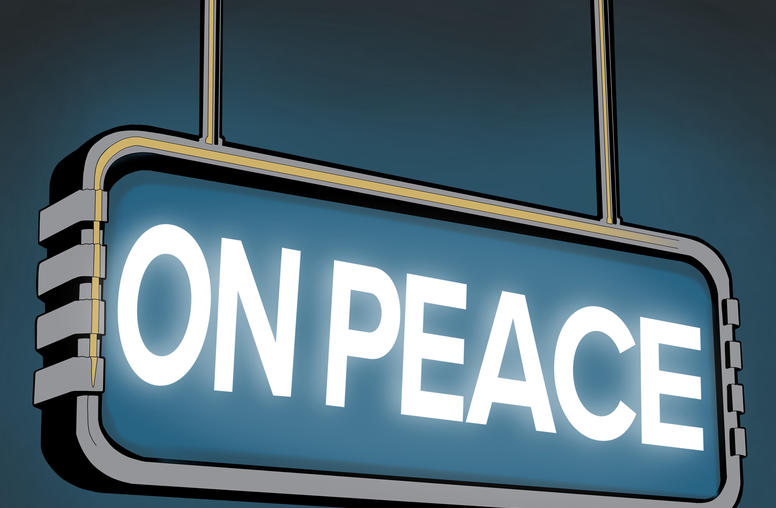The Current Situation in Iran
A USIP Fact Sheet
For decades, Iran has vexed the international community. It introduced Islam as a form of governance in 1979 and has supported militants abroad and defied international norms. In May 2018, the Trump administration withdrew from the 2015 nuclear agreement negotiated by six world powers and Iran. The administration argued that the deal did not adequately curb Tehran’s nuclear program or address its missile program, human rights abuses and support for terror. Washington reimposed sanctions as part of a “maximum pressure” campaign to change Tehran’s behavior. In January 2020, Iran recalculated its strategy after a U.S. strike killed Quds Force Commander Qassem Soleimani.
In 2021, the Biden administration launched a new diplomatic effort to get both Tehran and Washington to fully comply with the 2015 nuclear deal. The indirect talks began in the final months of President Hassan Rouhani’s tenure and continued under current President Ebrahim Raisi, a hardline cleric who took office in August 2021. But the negotiations were deadlocked as of fall 2022.
In September 2022, protests erupted across Iran over the death of Mahsa Amini, a 22-year-old Kurd who had been detained for inappropriate dress. The demonstrations, the largest in years, quickly evolved into calls for the ouster of the supreme leader and an end to the Islamic Republic. Security forces responded with deadly force.
USIP’s Work
The U.S. Institute of Peace informs policymakers on Iran and provides a unique forum for virtual diplomacy in the absence of formal ties between Washington and Tehran. USIP convenes experts, briefs lawmakers, and presents comprehensive views of Iran’s internal politics and relationships with the rest of the world through unbiased, fact-based research and analysis. USIP’s recent work includes:
Educating Policymakers, Academics, and the Public
Reliable resources on Iran remain scarce, even as it increases as a global flash point. That dearth prompted USIP to convene 50 of the world’s top Iran scholars to contribute to the book, The Iran Primer: Power, Politics and U.S. Policy.
First published in 2010 and updated in 2015, the unprecedented project acts as a comprehensive guide to Iran’s politics, economy, military, foreign policy, and nuclear program. The book’s authors represent 20 think tanks, eight universities, and senior officials from six U.S. presidential administrations. The project has evolved, with new articles added consistently to The Iran Primer website, which provides original articles, data, timelines, rundowns of U.S. and Iranian government actions, and other resources on a website co-hosted with the Woodrow Wilson International Center for Scholars.
USIP staff contribute their expertise on Iran to conferences and events, both domestically and abroad. They also provide analysis to media outlets to build the Institute’s reputation as a resource on Iran.
Briefing Decision-makers
Through its focused research, USIP has become a leading source for timely Iran analysis. As a result, USIP experts periodically brief members of Congress, officials from the Pentagon and State Department, the intelligence community, and U.S. service academies.
Building Relationships
The Institute builds relationships with think thanks, foreign affairs analysts, economists, youth and women’s rights activists, humanitarian groups, U.S. government agencies, congressional offices, and foreign diplomats. This enables USIP to foster dialogue on the latest political, economic, and social trends.
The Iran Primer 'covers the tortuous diplomacy of every U.S. presidency from Jimmy Carter to Barack Obama... as well as Iran’s relations with its neighbors and with China, Russia, and the EU. Concise, comprehensive, and well organized, this is a beautifully wrought handbook.'



